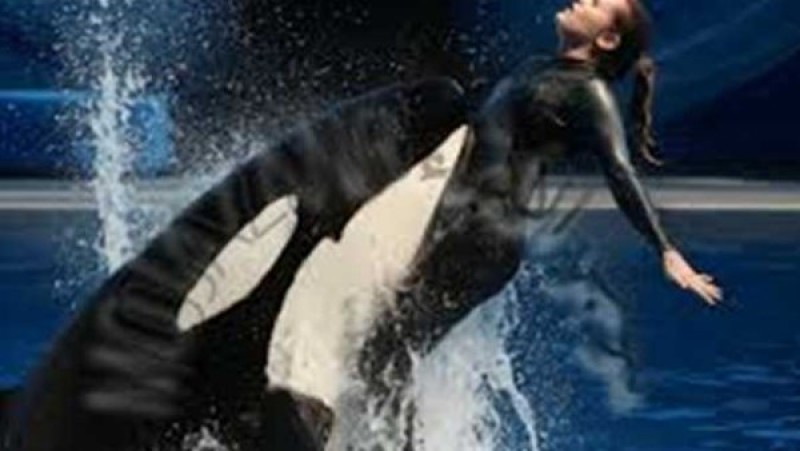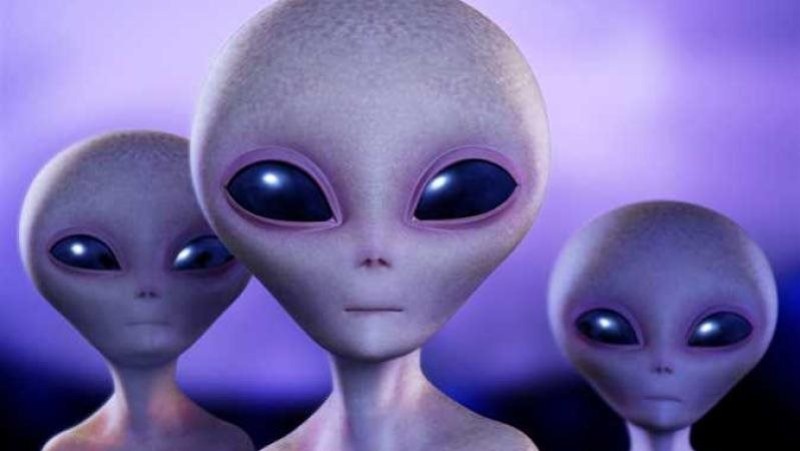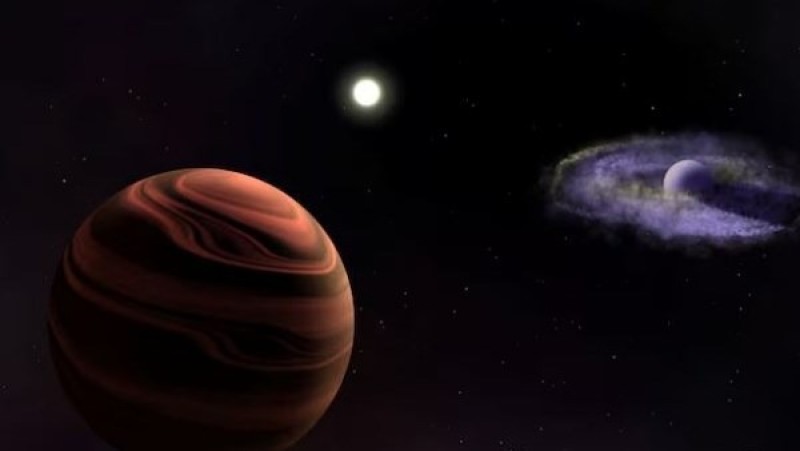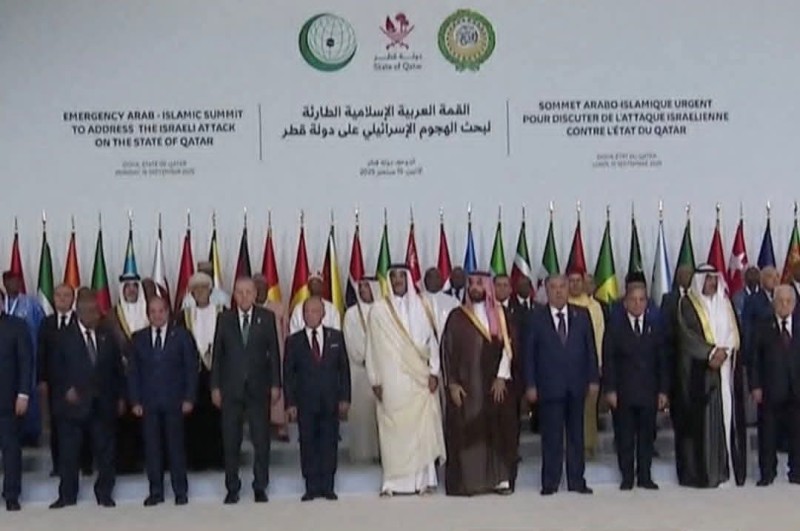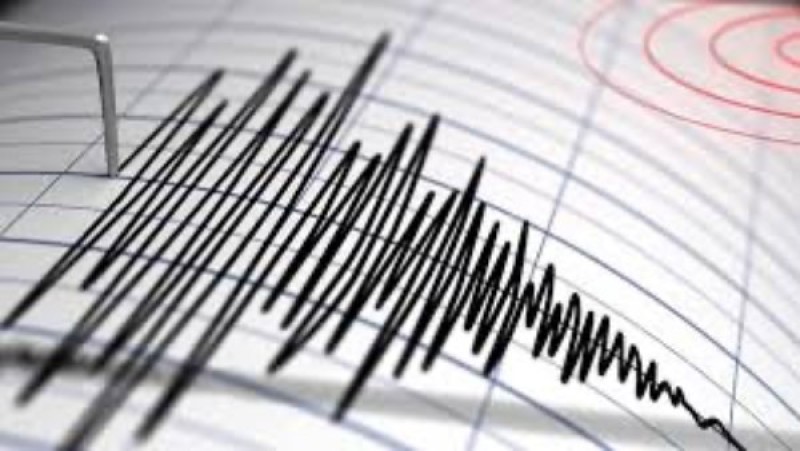The Dojung ... the endangered Red Sea elephants

Two small eyes, a huge long mouth, a hooked nose, and a lower mouth, with a head that resembles an elephant, whose upper jaw bears two long cuts like elephant tusks, each of them up to 20 cm long, and a body when you see it think that it is a dolphin, the inability of aquariumists to clssify its classification Or its arrangement for decades, although it is one of the aquatic mammals, which is included in the classification of seals or sea dogs, it does not belong to these mammals, and other creatures, but it is closer to elephants.
Dojong, or dugongs, are medium-sized marine mammals, and three other marine creatures belong to the order of "sirenia", or the so-called "serenia" rank, and they first appeared in the early Eocene period, that is, nearly 50 million years ago, and no other remains And the others became extinct by the end of the Eocene era, and aquatic experts see the dojong and the elephants in common that they belong to mono-ethnic groups, as both of them are linked by the characteristics of common animal groups, such as clubbers and ground pigs, in terms of type and method of food, as they have what looks like a hose, and a mouth comes out of two long tusks, and it is believed That until the end of the Eocene period there was a close connection between the dojung and elephants, but the genetic divergence began to develop, until it reached in the sixth stage of the Miocene to that species that belongs to the dugong, the dojong.

In the year 1765, that is, about two and a half centuries ago, the natural historian, the French scientist, Georges de Buffon, named a "dogong" to an animal belonging to the family of "sirenians" very similar to dugongs, as soon as he followed it on the coasts of the Philippine island of Leyte, and the local population On the island they called that animal "sea cow" and "porpoise" and "sea camel," and in 1776 the German zoologist Philipp Ludwig Statius Muller put a classification of it as Trichechus dugon, a type of manatee, and later a member of the French Academy of Sciences, Bernard Germain de Lasepeid, classified it as one of the dojong species. Years later, the English zoologist, John Edward Gray, was able to classify the family to which it belongs, before the American paleontologist George Gaylord Simpson classified it according to its subspecies.

Today, the Dojong is spread in more than 40 countries, most of them in the Indian Ocean around the Indian Peninsula, the Philippines and Indubisia, and in the Red Sea and the coasts of East Africa, and the western Pacific Ocean around Australia, Japan and New Zealand, and the Dojong often lives near the coasts, where it depends to a large extent on societies Coral weeds, for subsistence, and therefore their food is limited to the coastal habitats that support seagrass meadows, so most of the dugongs or dojong are spread in shallow protected areas such as bays, mangrove growing areas and the coasts of large islands, meaning that it spreads over an estimated length of 140 thousand kilometer
El Alamein cemeteries ... a witness to the most important battles of the Second World War






